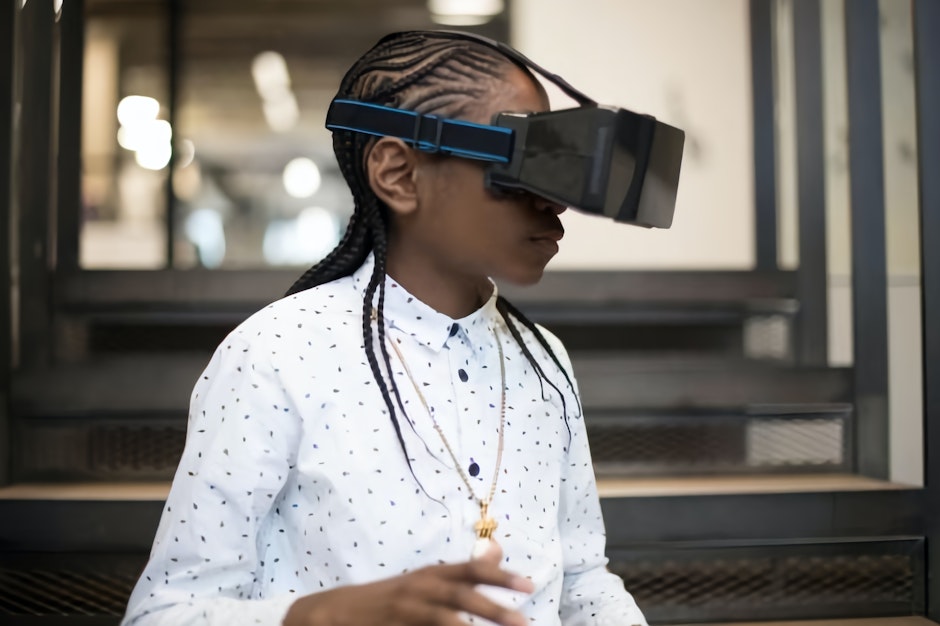What are the key metaverse safety concerns and how can brands respond?
Jon Watson, chief product officer at The Insights Family, delves into how leading brands and companies must ensure that they protect young kids within any new developments in the technology sphere

The internet age has launched a series of new concerns over kids’ safety. First, there was web1, the internet which we are all familiar with. Next came web2, the user-generated web, accompanied by the arrival of social media. Now we are seeing the arrival of web3, the metaverse, the supposed next big evolutionary leap forward.
No longer is it enough to protect kids in the physical space, they now must be safeguarded in the virtual world too. Social media in particular has provided the opportunity for new threats to arise. This ranges from classmates bullying one another on digital platforms, escalating to death threats and loss of life. This has led to both new legislation, as well as opportunistic predators taking advantage of the anonymity that social media provides to take advantage of younger users. While the data economy has advanced our society to one that has never been more interconnected and innovative, there have never been more avenues for exploitation, also.
Top online safety concerns
Online safety is currently the fifth biggest concern among kids aged six-to-nine in the UK (14%). This includes cyber bullying, privacy and unconsented use of personal data. Kids are more aware than ever of the dangers online, meaning they are more likely to act cautiously and look for brands and products that protect their well-being. In fact, 58% of UK kids in this age category agree that it is important for products they buy to be good for their safety. This has shaped the actions of leading social media platforms. The top apps among this demographic are currently YouTube (34%), Roblox (15%), TikTok (5%) and Facebook (4%). In April this year, TikTok was sued for collecting and using children’s data. The growing awareness of issues surrounding safety will surely see more scrutiny of these leading actors in the metaverse.
As concerns over mental health and the effects of social media continue to rise, the last year has also exposed us to what Mark Zuckerberg cites as the next frontier of social media and the internet at large – the metaverse - a new paradigm where users can game, meet and hangout online. Facebook’s announcement that they are rebranding to ‘Meta’ is the largest statement of intent from a social media company at the forefront of the industry. Additionally, Microsoft and Disney have made promises that they will offer metaverse experiences in the future. In China, Tencent has made a similar proposition. But will their respective metaverses offer the best potential experience from a user perspective?
Case study: Meta
Certainly, Meta is in a leading position to provide the technological innovations necessary to make an all-encompassing virtual world a reality. While the metaverse experiences we have seen previously have been created on gaming platforms, such as Fortnite and Roblox, Facebook’s user base is considerably larger. While Fortnite’s daily active users reach 3 million, Facebook’s are in the billions.
Here at The Insights Family, we have data which shows that Fortnite and Roblox are two of the top five games globally. In the UK, a combined 20% of 10–12-year-olds name one of these two titles as their favorite video game. 33% of UK tweens use Meta-owned WhatsApp, while 21% and 23% use Instagram and Facebook, respectively. Globally, 50% of kids aged 13-15 use one or more of Meta’s apps.
The scale of the social media giant's user base means that the network effect of getting its users into virtual reality would be significant in creating staying power. While the idea of an entirely virtual world may not necessarily be attractive to older generations, the amount of time kids spend online implies that this is a future created for them, specifically. This means that their safety in these worlds is paramount, as concerns of online safety only grow as the experience becomes more immersive.
An obstacle to creating Meta’s vision of the metaverse is the accessibility of virtual reality devices. In our data, 3% of six-to-nines globally currently own a virtual reality (VR) headset, compared to the 47% who own a mobile phone or tablet with potential access to social media. Meta’s ownership of VR hardware company Oculus means that they could make devices a loss leader in bringing technology to the masses. Additionally, ownership of VR technology has increased on average +58% from Q4 2020 to Q4 2021 amongst 16-18s globally, including a +65% increase in China specifically.
As more futuristic technologies emerge, there needs to be safety built in from the start. This is the responsibility of leading developers in the metaverse and also governments and organizations to hold these companies accountable. Parents should look to be educated on their kids activity online and encourage open conversations that allow their children to feel safe speaking about their experiences. The metaverse can be a really exciting space as long as the mental and physical health of those in it remains at the forefront of all considerations.
* All statistics taken from the last 12 months of Kids Insights data (August 2021 - August 2022). For more real-time insights, please visit: www.theinsightsfamily.com

